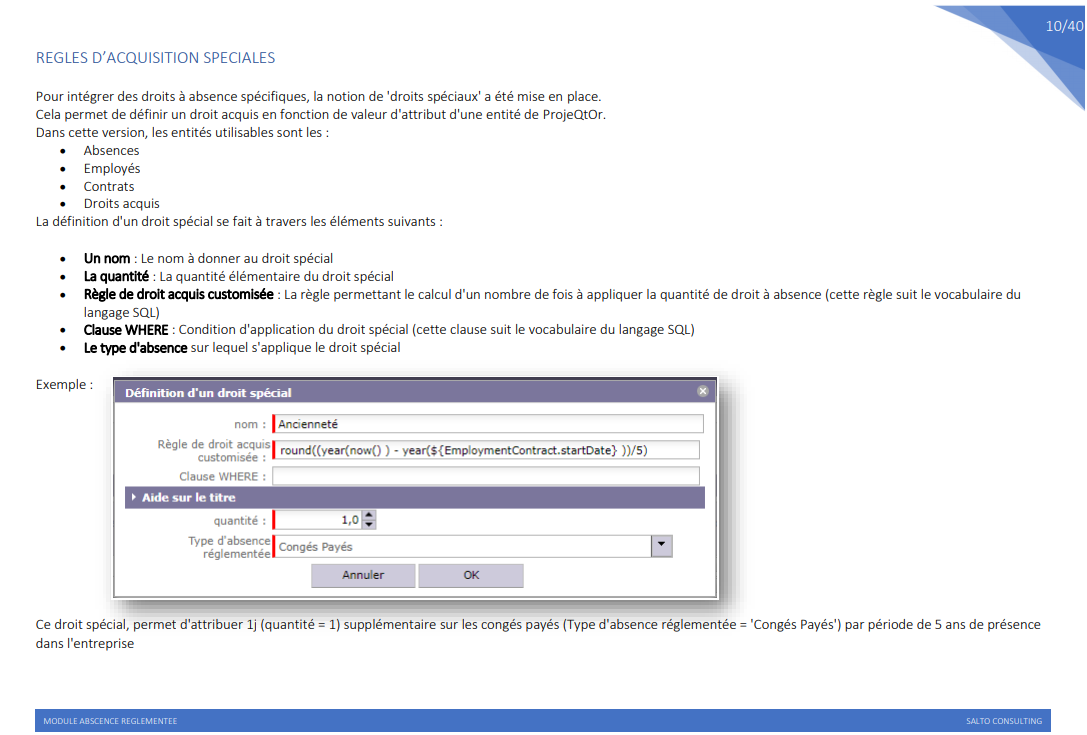Prochaines Sessions
Les prochaines formations et démonstrations sont ouvertes, inscrivez-vous rapidement !
Démonstration de ProjeQtOr(gratuit, sur inscription)
21 août 2025 (16h-17h30) 4 septembre 2025 (16h-17h30) 16 septembre 2025 (10h30-12h) |
Planifiez avec ProjeQtOr17 et 18 septembre 2025 (9h-12h30) |
Administrez avec ProjeQtOr24 et 25 septembre 2025 (9h-12h30) |
 Supportez nous sur Capterra
Supportez nous sur Capterra STOP INFO
STOP INFO




